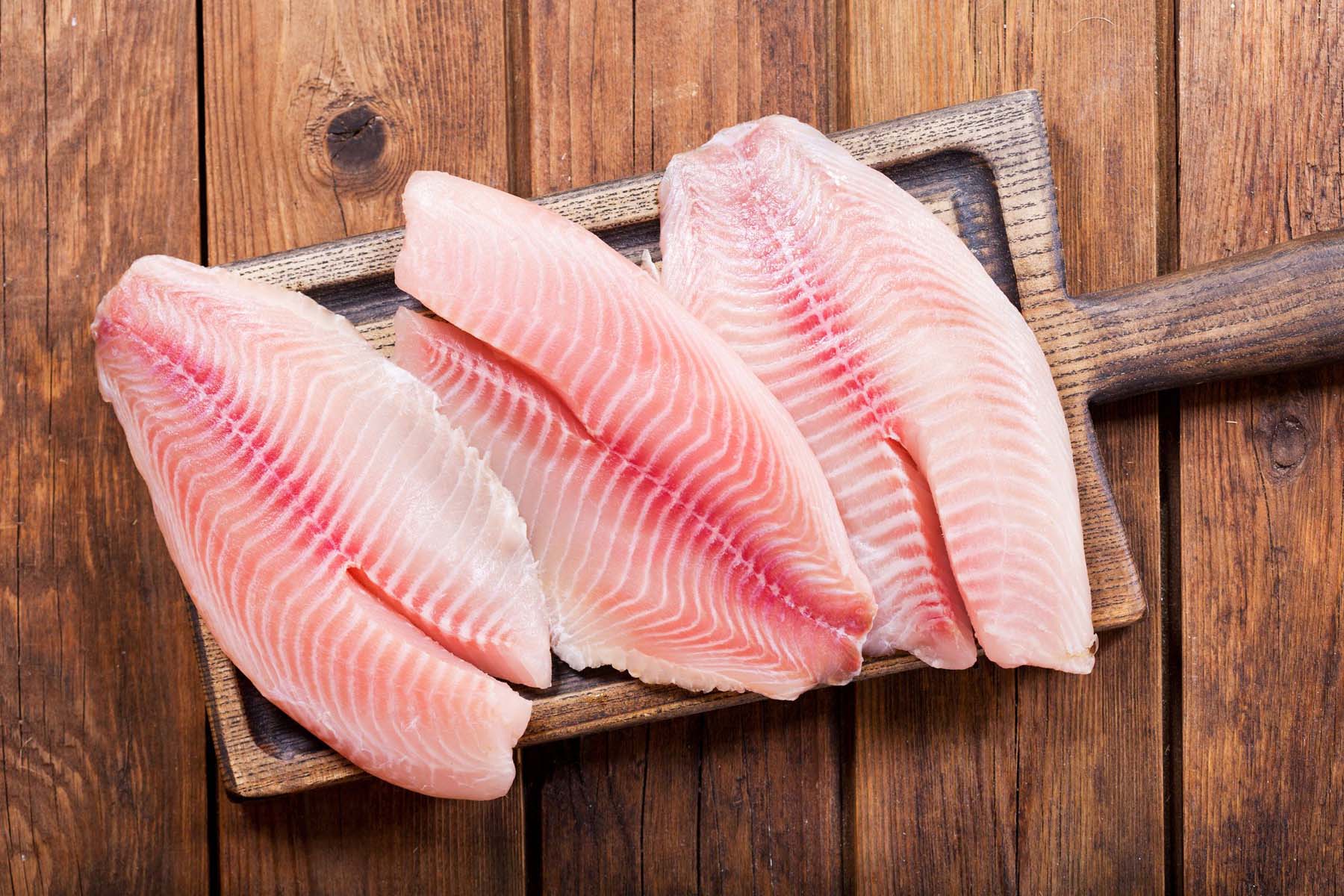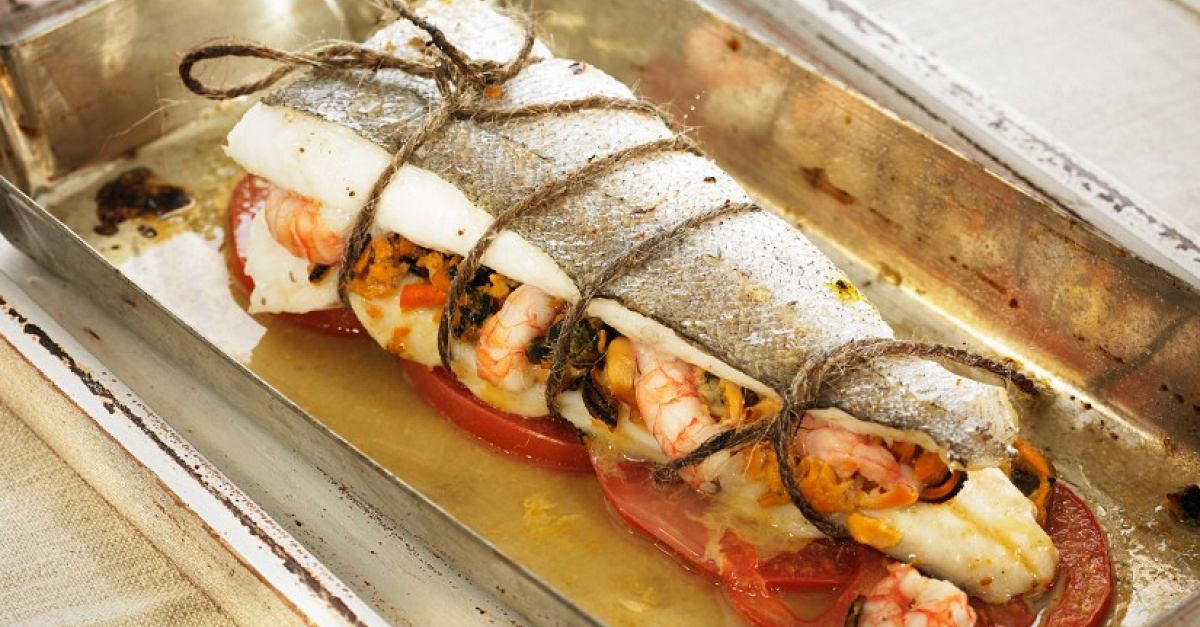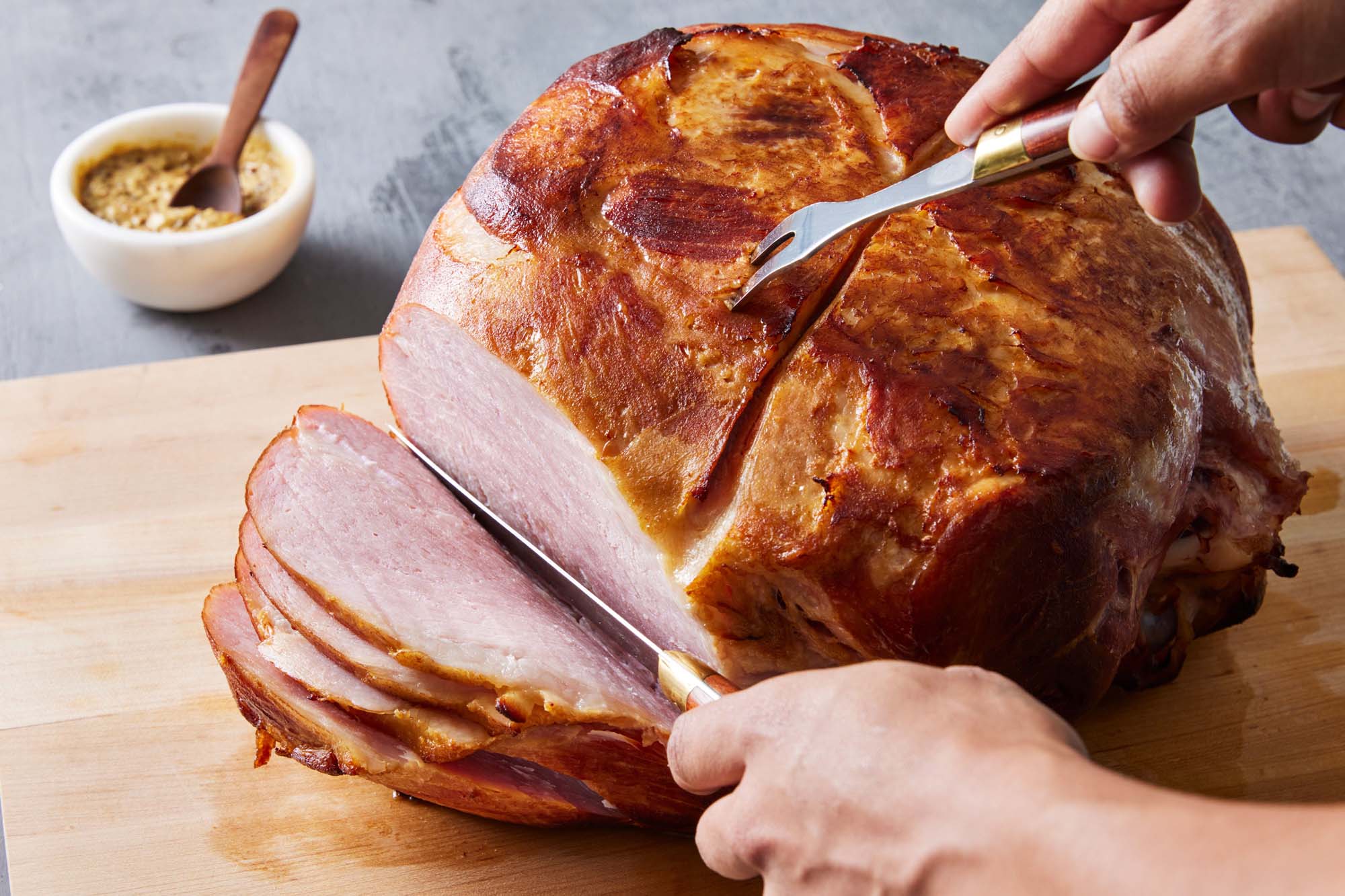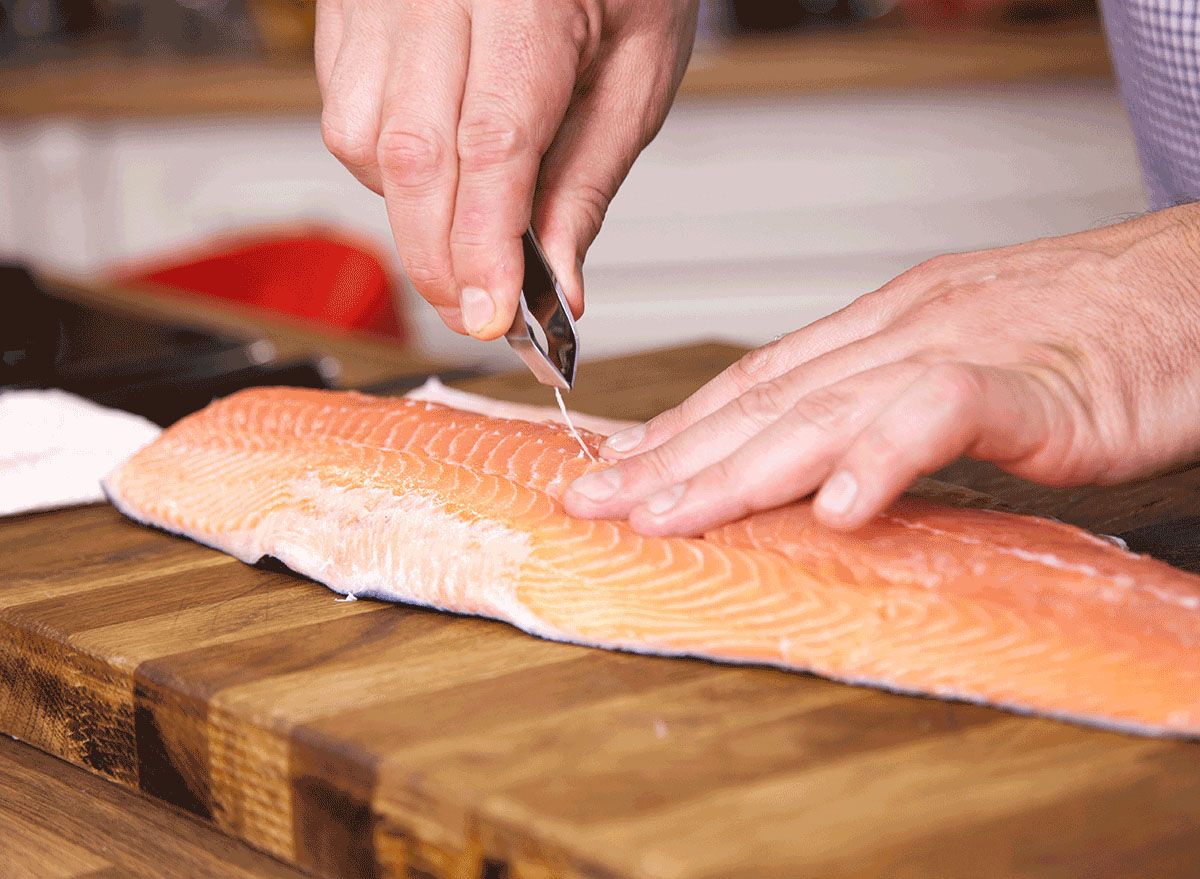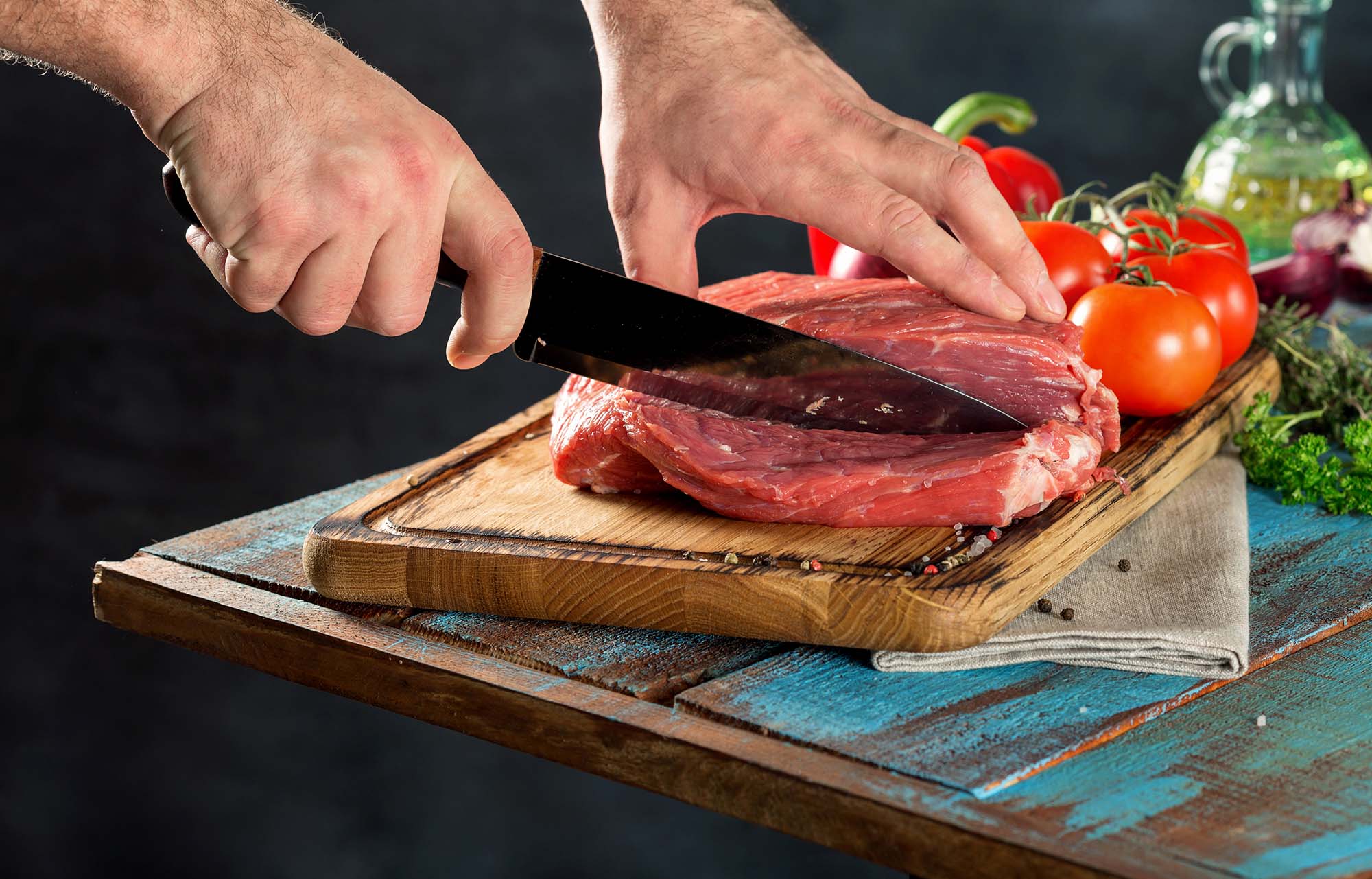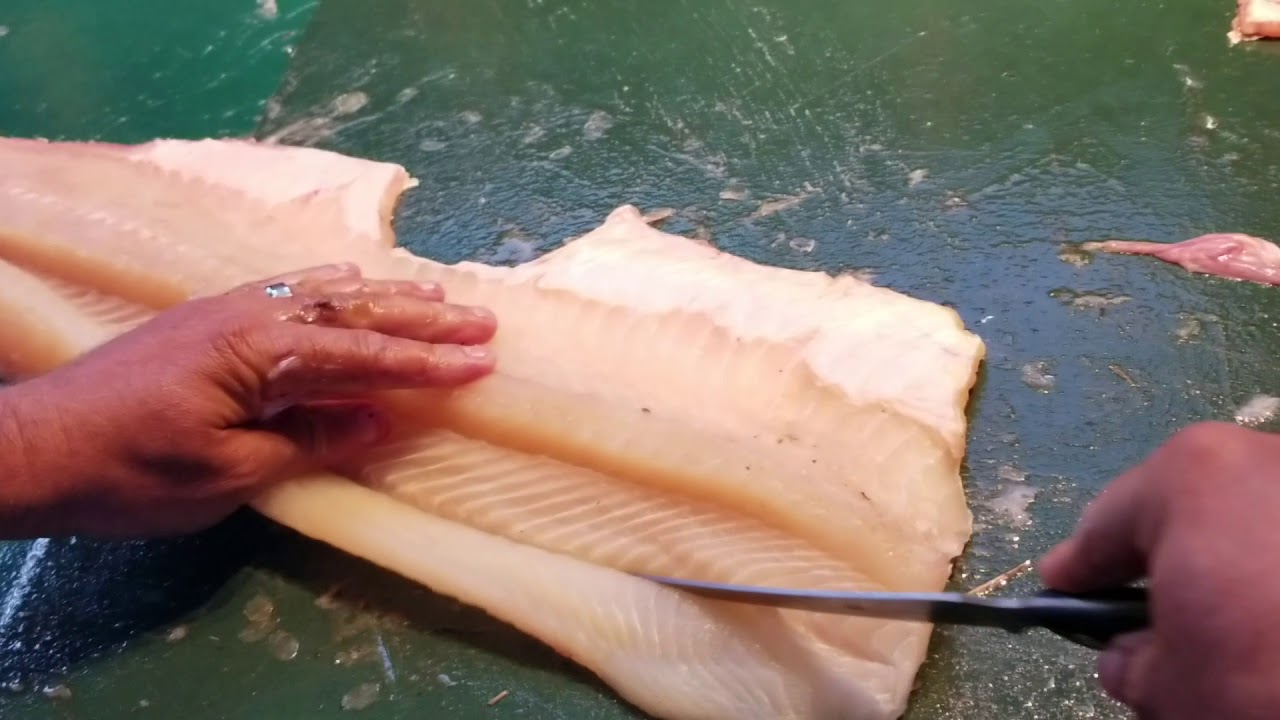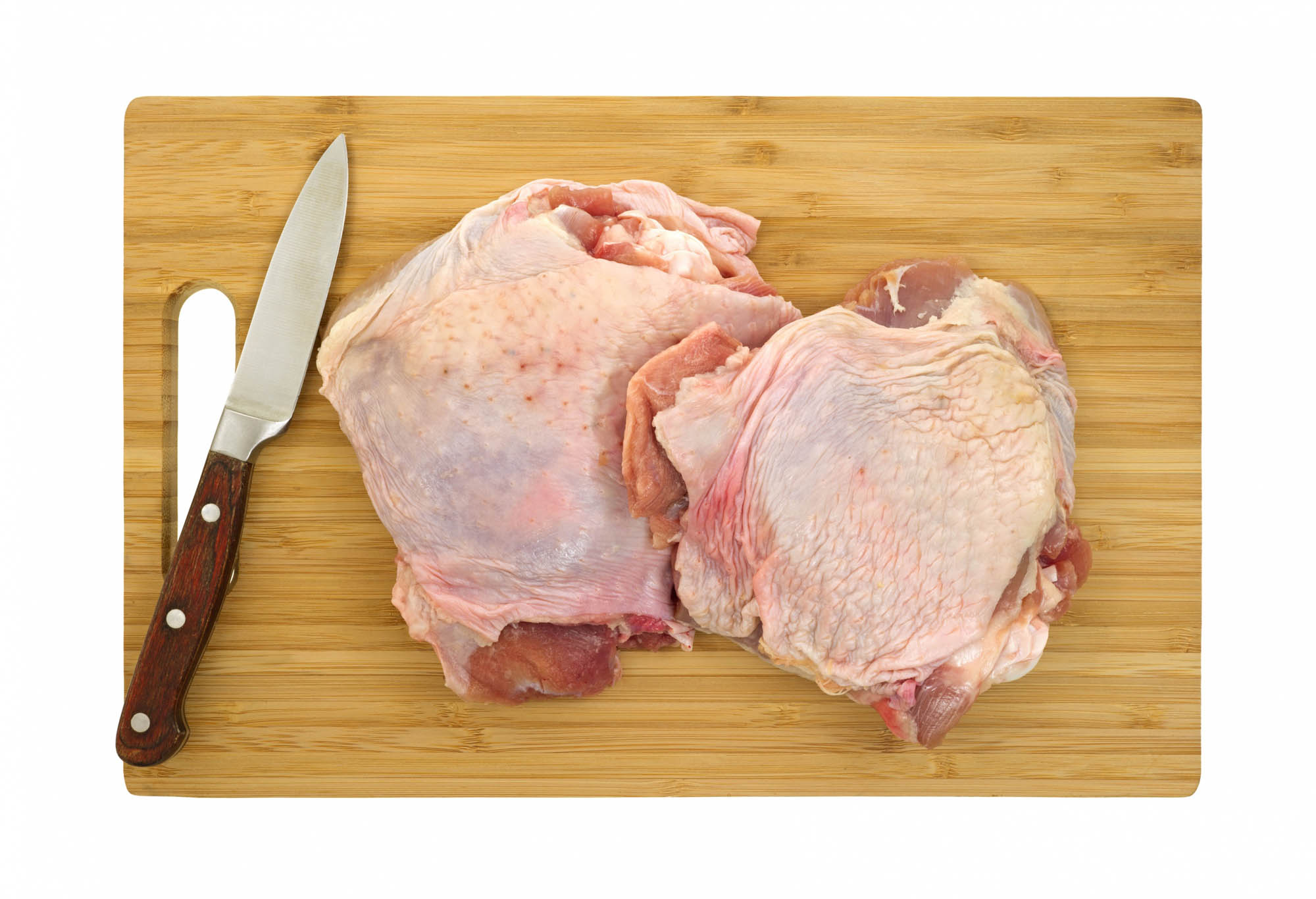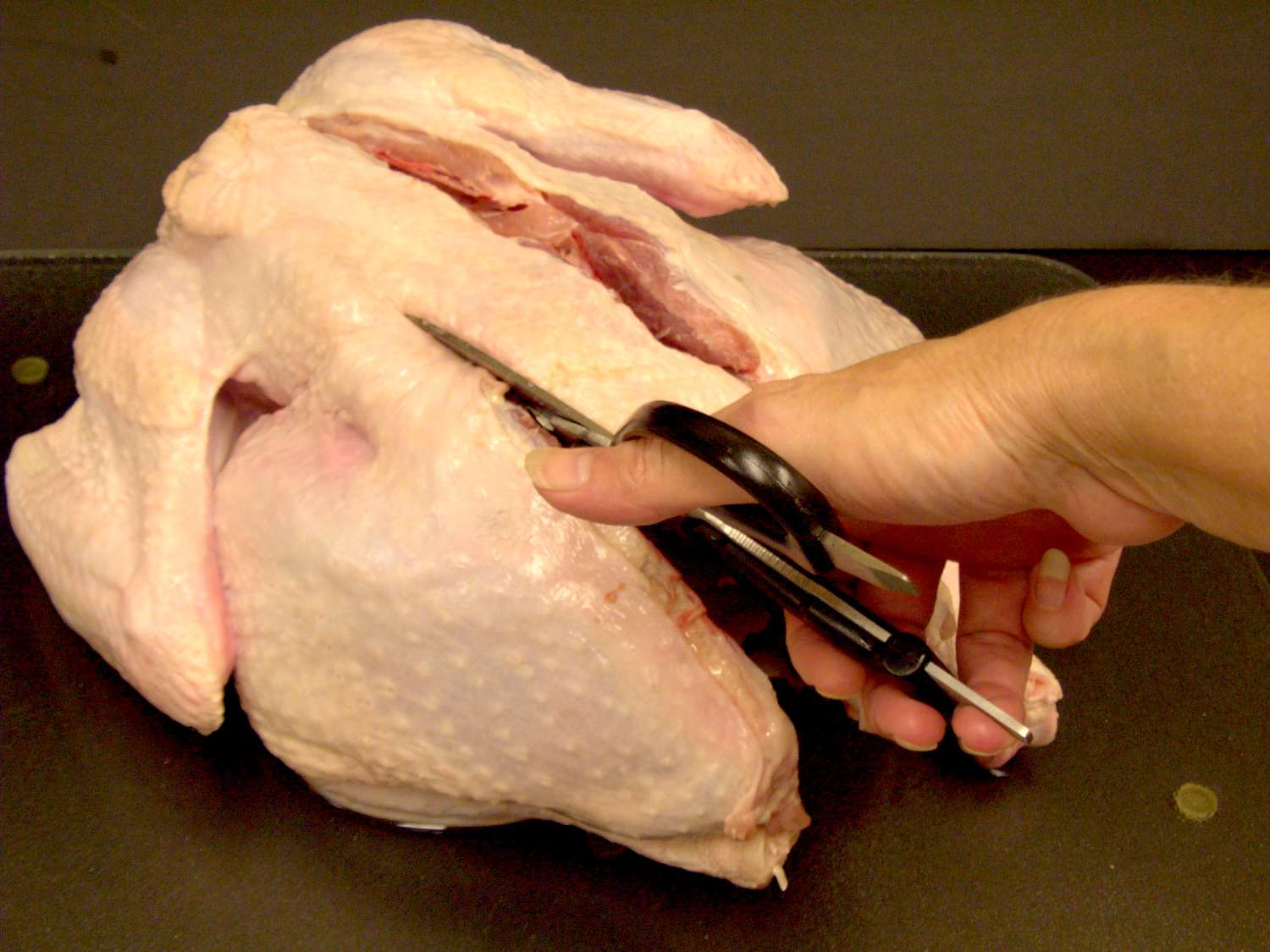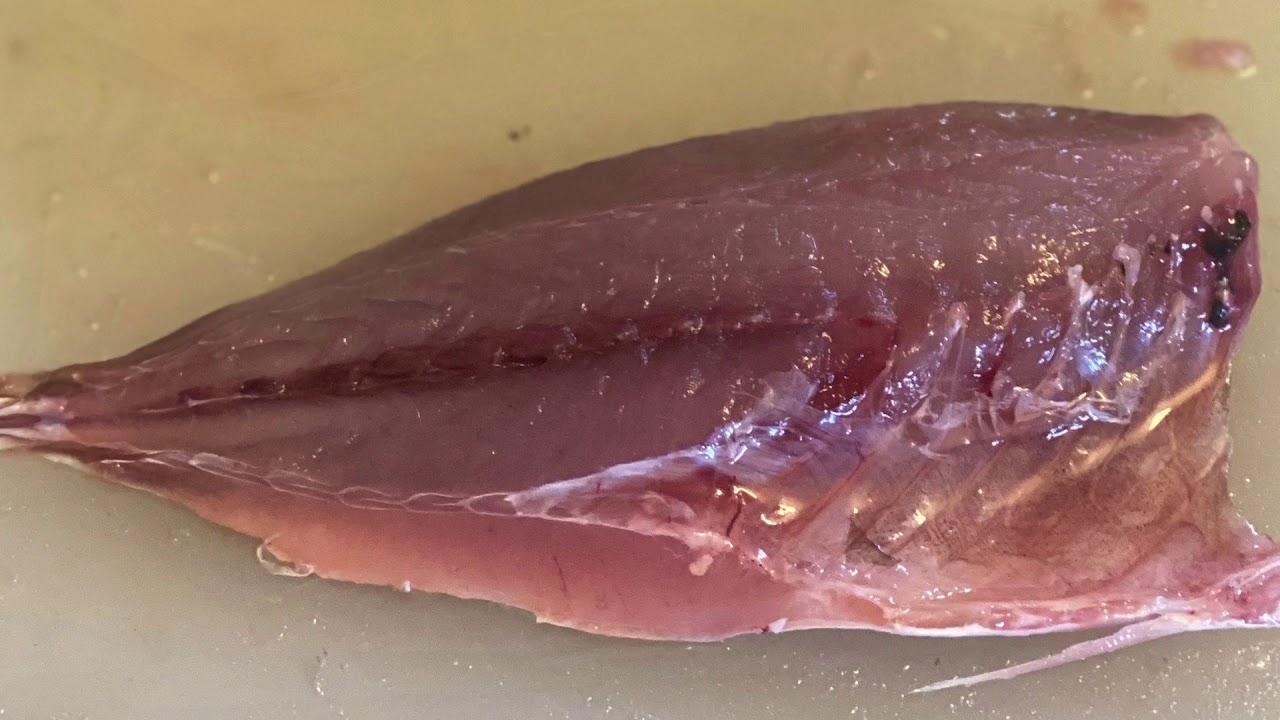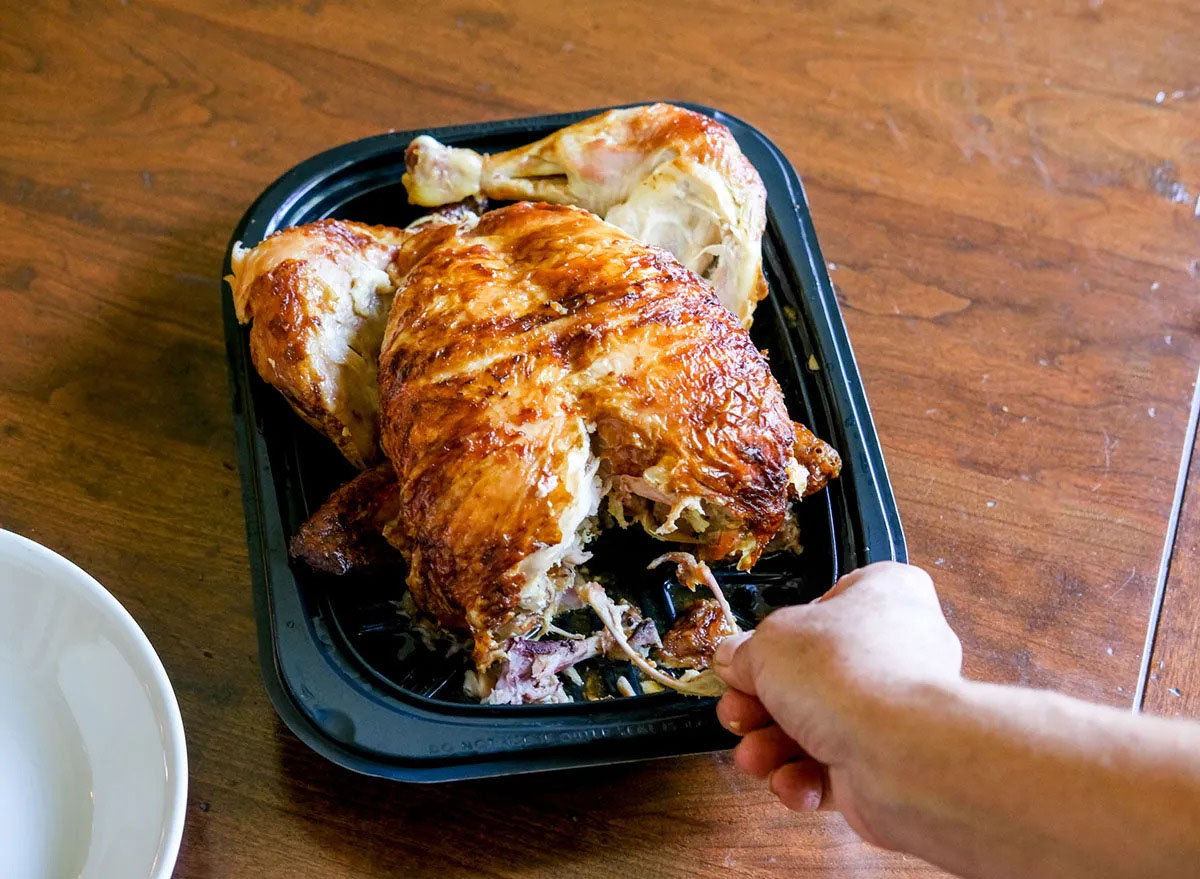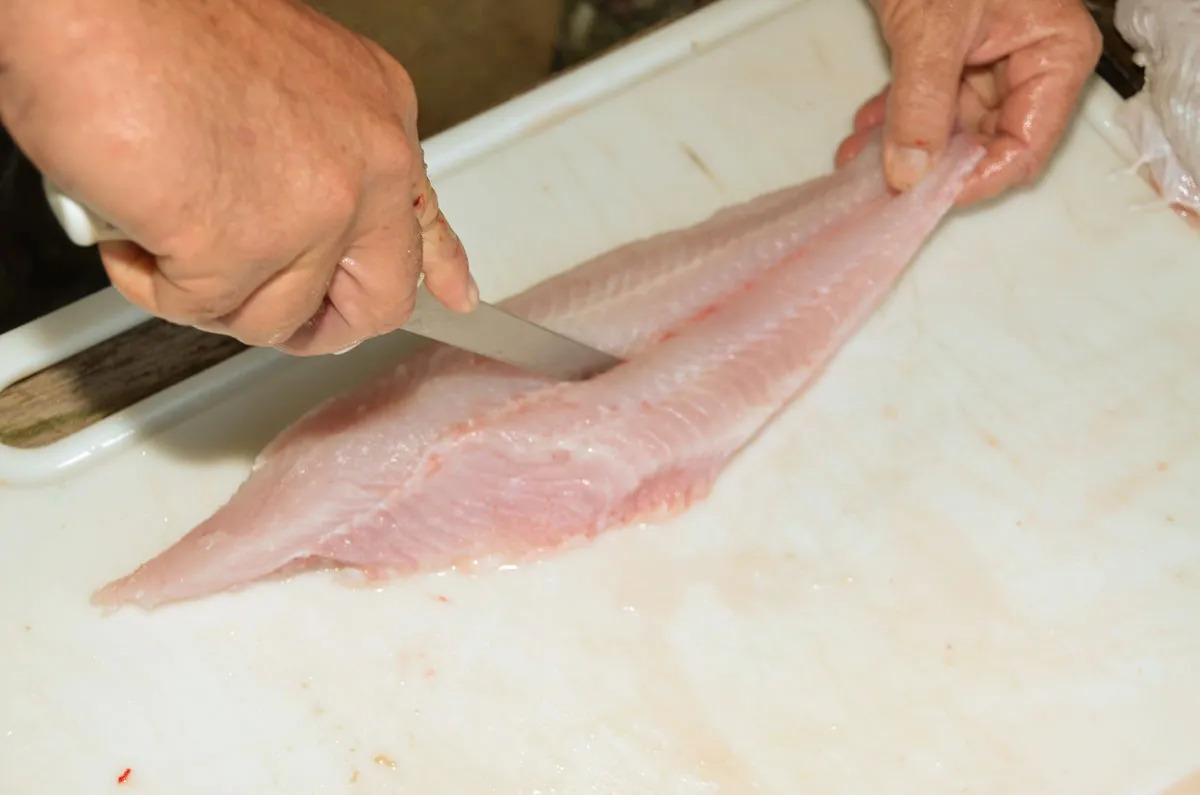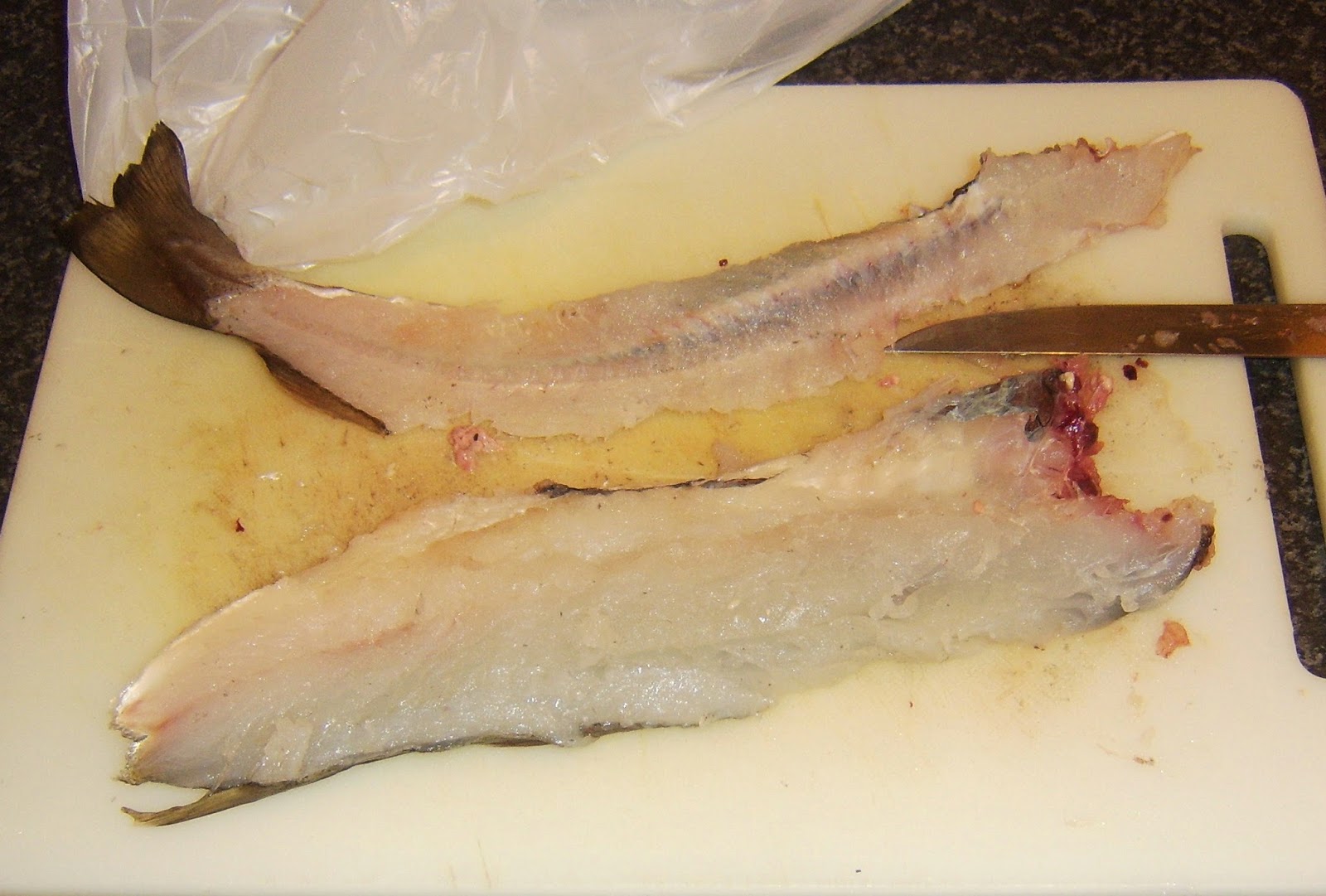Mastering the Art of Deboning a Strip Steak
Deboning a strip steak may seem like a daunting task, but with the right technique and a bit of practice, you can easily master this culinary skill. Whether you want to impress your dinner guests or simply enjoy a boneless steak, learning how to debone a strip steak is a valuable skill for any home cook. Follow these steps to expertly debone a strip steak in no time.
What You’ll Need
Before you begin, gather the following tools:
- Sharp boning knife
- Cutting board
- Paper towels
Step 1: Prepare the Steak
Start by placing the strip steak on a clean cutting board. Pat the steak dry with paper towels to remove any excess moisture, which will make it easier to handle.
Step 2: Locate the Bone
Identify the bone running through the center of the steak. It will be a long, narrow bone that is easily distinguishable from the meat.
Step 3: Make the Initial Cut
Using a sharp boning knife, make an incision along one side of the bone, cutting as close to the bone as possible. Slowly work the knife along the bone, separating the meat from the bone as you go.
Step 4: Follow the Contours
Continue to follow the contours of the bone, gently cutting and pulling the meat away as you progress. Take your time to ensure that you are removing as much meat as possible from the bone.
Step 5: Trim the Excess Fat
Once the meat is removed from the bone, take the opportunity to trim any excess fat or connective tissue from the steak. This will result in a leaner, more tender piece of meat.
Step 6: Final Inspection
Inspect the steak to ensure that all bone fragments and cartilage have been removed. Trim any remaining pieces of fat or tissue as needed.
Step 7: Enjoy Your Boneless Strip Steak
Now that you have successfully deboned the strip steak, it’s time to cook and enjoy your creation. Whether you grill, broil, or pan-sear the steak, you can now savor the delicious, boneless cut with ease.
With practice, you’ll become more efficient at deboning a strip steak, and soon enough, it will become second nature. Impress your friends and family with your newfound culinary prowess, and savor the satisfaction of mastering this essential kitchen skill.
So, the next time you’re in the mood for a boneless strip steak, don’t hesitate to grab a whole steak and debone it yourself. It’s a rewarding experience that will elevate your cooking game to a whole new level!
Was this page helpful?
Read Next: How To Debone A Trout For Smoking
